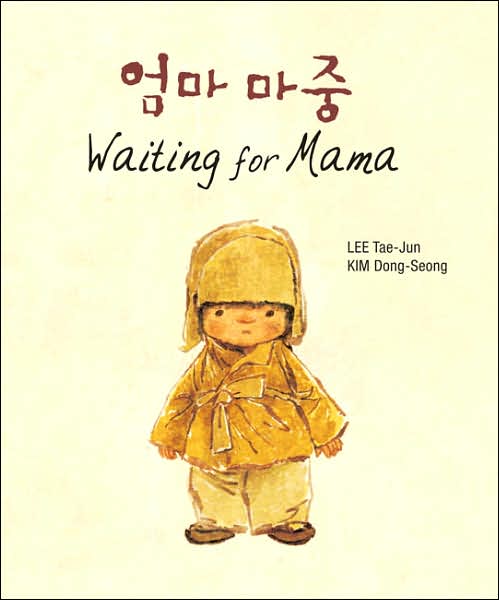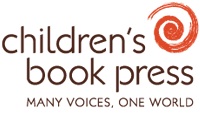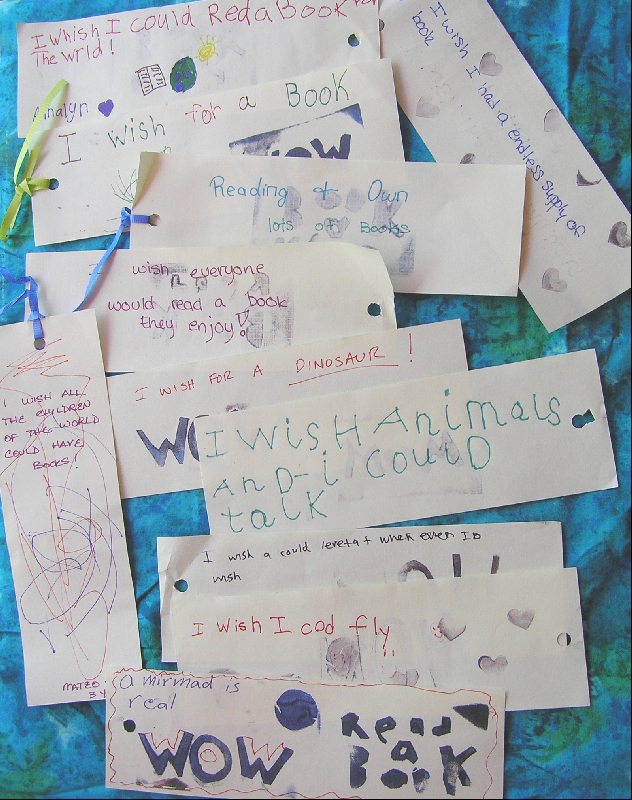by Ann Parker, The University of Arizona, Tucson, AZ
 Last month, Janine Schall interviewed children’s book writer and illustrator Xavier Garza, who publishes his books in English and in Spanish because he thinks children should be exposed to their first language or to a language other than their own. More and more publishing companies, particularly smaller, independent publishers, are publishing dual language books. This week, I’d like to examine bilingual books and the role they can play in the classroom. Next week, I’ll focus on some of the outstanding bilingual books that are being published by independent publishers.
Last month, Janine Schall interviewed children’s book writer and illustrator Xavier Garza, who publishes his books in English and in Spanish because he thinks children should be exposed to their first language or to a language other than their own. More and more publishing companies, particularly smaller, independent publishers, are publishing dual language books. This week, I’d like to examine bilingual books and the role they can play in the classroom. Next week, I’ll focus on some of the outstanding bilingual books that are being published by independent publishers.
For my doctoral dissertation, I interviewed people from five publishing companies (Cinco Puntos Press, Luna Rising, Salina Bookshelf, Piñata Books, Children’s Book Press, and the University of New Mexico Press) to learn why they were publishing multicultural children’s books generally and bilingual books specifically. I found that most of them considered these books to be a niche market, because the big conglomerate publishing companies, whose interest is mainly in how many books they can sell, weren’t interested in books that had such a small buying audience from the outset. Interestingly enough, several national companies, such as Scholastic, have decided that there is a big enough market for Spanish language books (see Scholastic en Español), but the smaller companies also publish books in Native American and Asian languages as well as other languages from around the world.
Continue reading →
 Last week, we heard from Jason Low from Lee and Low Books, a company that focuses on writers and illustrators of color. This week, we present an interview with Dana Goldberg, Executive Editor of Children’s Book Press.
Last week, we heard from Jason Low from Lee and Low Books, a company that focuses on writers and illustrators of color. This week, we present an interview with Dana Goldberg, Executive Editor of Children’s Book Press.



 Last month, Janine Schall interviewed children’s book writer and illustrator Xavier Garza, who publishes his books in English and in Spanish because he thinks children should be exposed to their first language or to a language other than their own. More and more publishing companies, particularly smaller, independent publishers, are publishing dual language books. This week, I’d like to examine bilingual books and the role they can play in the classroom. Next week, I’ll focus on some of the outstanding bilingual books that are being published by independent publishers.
Last month, Janine Schall interviewed children’s book writer and illustrator Xavier Garza, who publishes his books in English and in Spanish because he thinks children should be exposed to their first language or to a language other than their own. More and more publishing companies, particularly smaller, independent publishers, are publishing dual language books. This week, I’d like to examine bilingual books and the role they can play in the classroom. Next week, I’ll focus on some of the outstanding bilingual books that are being published by independent publishers. I wish I had a book.
I wish I had a book.